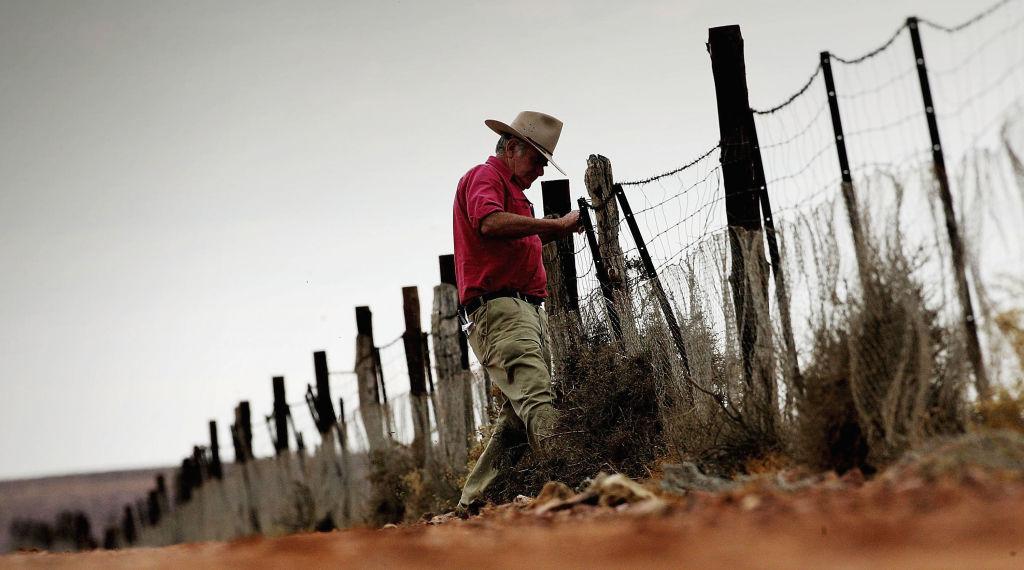Thousands of aerial baits are being deployed across northern South Australia to kill wild dogs that have been destroying livestock after heavy storms and flooding damaged the Outback Dog Fence.
A total of 2,000 baits have been dropped to stop wild dogs from migrating south through an estimated 40 breaches in the fence over a 250-km (155-mile) stretch between Coober Pedy and the Ikara/Flinders Ranges.





